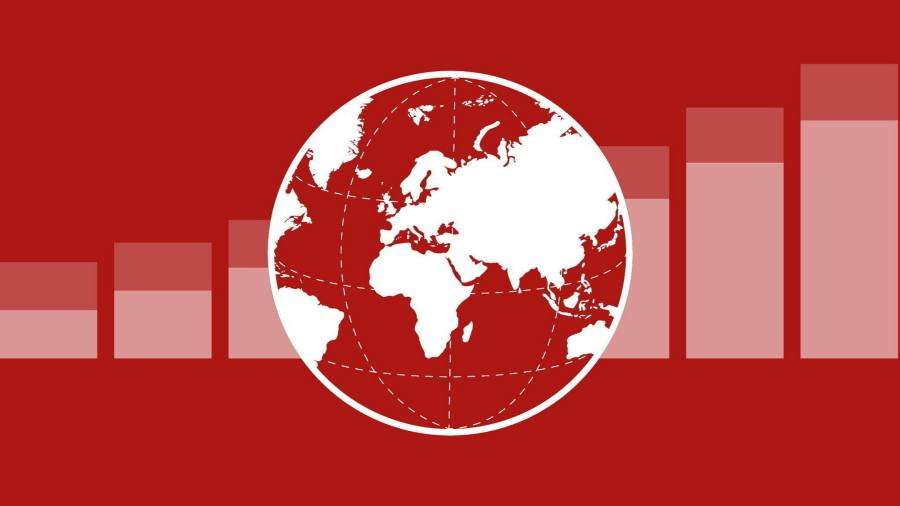Receive free Markets updates
We’ll send you a myFT Daily Digest email rounding up the latest Markets news every morning.
European stocks followed Asia higher on Monday after better than expected data from China eased investors’ nerves over the sluggish post-pandemic recovery in the world’s second-largest economy.
Europe’s region-wide Stoxx 600 added 0.4 per cent at the opening bell, building on gains from the previous week, while France’s Cac 40 rose 0.3 per cent and Germany’s Dax advanced 0.4 per cent.
The indices were lifted by the strong performance in energy and basic materials stocks, as investors took heart from signs of resilient factory activity in China, amid concerns that the country struggled to recover after three years of severe Covid-19 restrictions. Adding to the momentum, late on Friday the Nasdaq Composite recorded its best first half of the year since 1983, with its 32 per cent gain powered by a handful of large tech stocks.
The Caixin manufacturing purchasing managers’ index, released earlier in the day, fell to 50.5, but was above the 50.2 consensus of economists polled by Reuters.
The forecast-beating reading boosted the country’s blue-chip indices, with the Hong Kong’s Hang Seng index adding 2.4 per cent, while China’s CSI 300 rose 1.3 per cent. In Japan the Topix index added 1.4 per cent.
The data comes after the People’s Bank of China had last month cut its benchmark lending rates for the first time in almost a year, as policymakers extended cautious monetary support in an effort to spur more robust growth.
Meanwhile, contracts tracking Wall Street’s tech-focused Nasdaq 100 gained 0.1 per cent, while those tracking the benchmark S&P 500 were flat ahead of the New York open.
Tesla gained 5.5 per cent in Frankfurt trading, after the electric-car maker announced a day earlier that it delivered a record 466,000 vehicles in the second quarter of the year, exceeding market estimates of about 445,000.
Investors turned to the US ISM manufacturing index, coming out later in the day, which is expected to have remained broadly unchanged at 47 in June, in a sign that the country’s factory activity was stalling amid rising interest rates.
A reading below the neutral 50 mark indicated that the majority of respondents to the survey had reported a contraction in manufacturing activity.
Read the full article here



